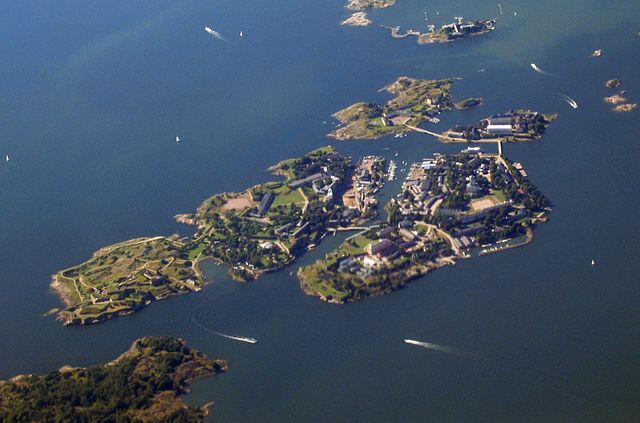Vice-Admiral Sir Richard Saunders Dundas, was a Royal Navy officer. As a captain, he took part in the capture of the Bogue forts in January 1841, during the First Opium War. He was appointed to the command of the Fleet in the Baltic Sea, in succession to Sir Charles Napier, in February 1855 and led the naval support during the latter stages of the Crimean War, enforcing a strict blockade and carrying out the bombardment of Sveaborg in August 1855. He was appointed First Naval Lord in the first Palmerston ministry in November 1857 and then, after stepping down to be Second Naval Lord during the second Derby–Disraeli ministry, he stepped up again to become First Naval Lord in the second Palmerston ministry in June 1859, remaining in office until his death. The prime minister described Dundas as "a most distinguished officer".
Vice-Admiral Sir Richard Dundas
The fifth-rate HMS Belvidera (left) which Dundas commanded
HMS Duke of Wellington, Flagship of the Baltic Fleet, which Dundas commanded during the Crimean War
The Dundas Vault in old Lasswade Kirkyard, containing the first five Viscounts Melville
Suomenlinna, or Sveaborg, is an inhabited sea fortress composed of eight islands, of which six have been fortified; it is about 4 km southeast of the city center of Helsinki, the capital of Finland. Suomenlinna is popular with tourists and locals, who enjoy it as a picturesque picnic site. Originally named Sveaborg, or Viapori as referred to by Finnish-speaking Finns, it was renamed in Finnish to Suomenlinna in 1918 for patriotic and nationalistic reasons, though it is still known by its original name in Sweden and by Swedish-speaking Finns. Due to its strategic geographical location, it sometimes used to be known as Gibraltar of the North.
An aerial view of Suomenlinna
Bastion Zander
Augustin Ehrensvärd's grave at Suomenlinna
Kuninkaanportti, The King's Gate








